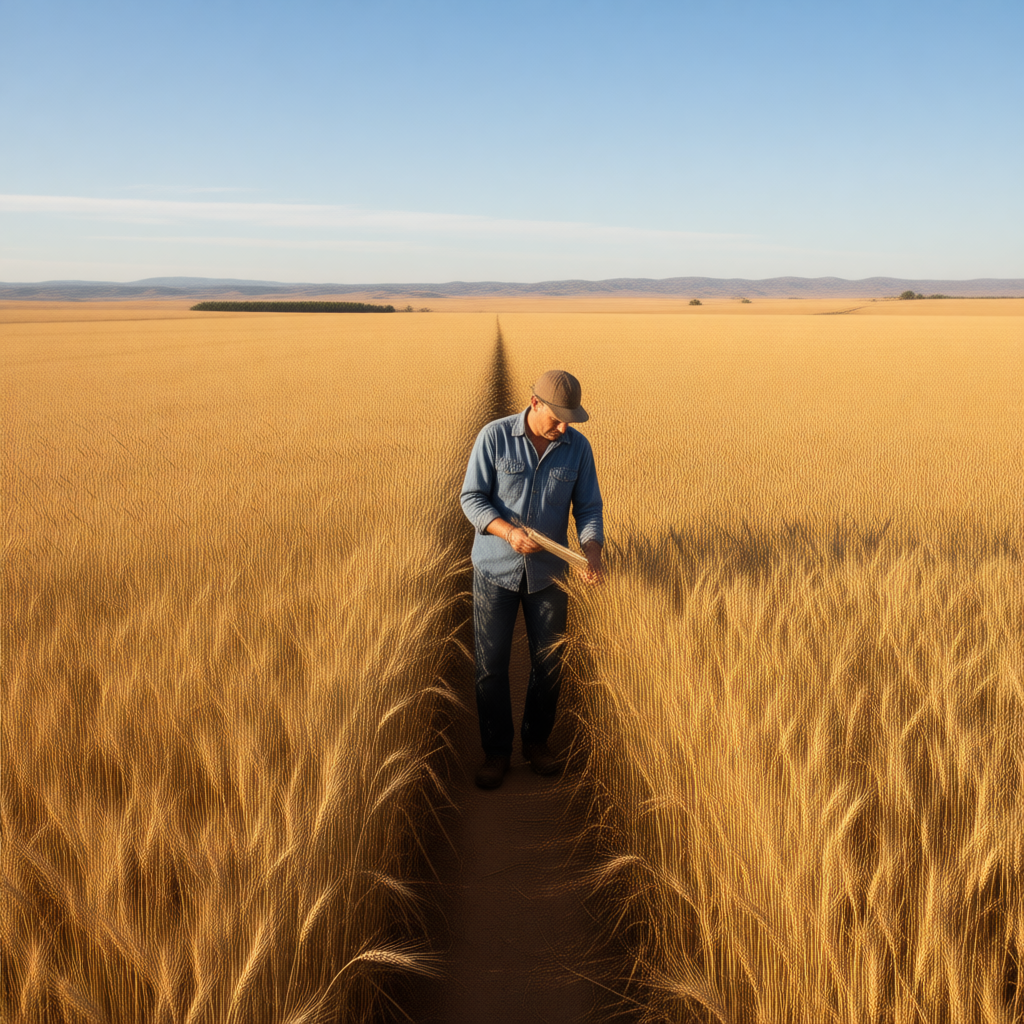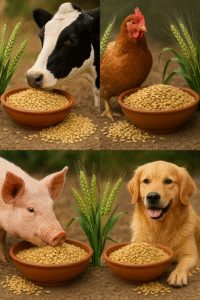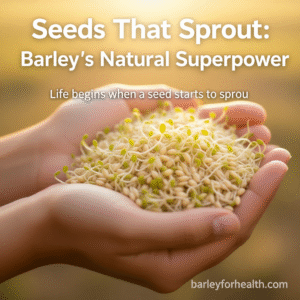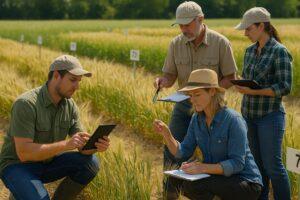Barley and Sustainable Agriculture: Value Beyond Food and Health
Barley is a model of sustainable agriculture, offering resilience in harsh environments, low input needs, and vital support for livestock and rural livelihoods.
Here, you will discover how barley creates value in difficult environments, supports smallholder farmers, feeds livestock, sustains cultural traditions, and opens new opportunities in innovation and the green economy.
Explore de Latest on Barley Wealth
Table of Contents
Why Barley Wealth Matters
Beyond its nutritional role, barley is a pillar of sustainable agriculture, supporting rural economies, climate resilience, food security, and pastoral systems in marginal environments. Because barley thrives where many crops fail, it contributes to livelihood stability, environmental protection, and economic opportunity in dryland and mountainous regions.
Understanding Barley Wealth means exploring barley’s value across agriculture, livestock, culture, sustainability, and innovation—dimensions often overlooked when barley is seen only as a food grain.
Barley and Sustainable Agriculture
Barley is one of the strongest examples of sustainable agriculture in real-world practice. Its capacity to grow with minimal water, low fertilizer needs, and high tolerance to climate stress makes it indispensable for countries facing rising temperatures, prolonged droughts, and shrinking water resources.
Barley’s early maturity allows farmers to reduce risk by harvesting before heatwaves and water shortages strike. Its resilience supports climate-smart cropping systems, soil conservation, and agroecological practices.
Barley also strengthens rural circular economies by providing local, affordable livestock feed and reducing dependency on imported materials.
As a low-input, climate-resilient grain, barley demonstrates how sustainable agriculture can be economically viable, environmentally responsible, and socially supportive—especially in vulnerable rural communities.
Barley as a Climate-Resilient Crop
Barley grows in soils and climates where wheat, maize, or rice cannot survive. It performs exceptionally well in drought-prone, saline, or mountainous regions. This resilience explains why barley has been cultivated for more than 10,000 years across North Africa, the Middle East, and Central Asia.
Its short growing cycle, efficient water use, and adaptability make barley a strategic crop in the context of climate change and global food security.
Barley for Animal Feeding
Green Forage & Pastoral Systems
Barley provides digestible, energy-rich forage essential for sheep, goats, and cattle. In drylands, barley forage supports milk yield, meat quality, and animal endurance.
Hydroponic Barley Fodder (Hydroponica)
Hydroponic systems produce fresh barley fodder in just 6–8 days using 80–90% less water. Your registered variety Hydroponica exemplifies innovation in climate-resilient feed production.
Grain, Straw & By-products
Barley grain feeds livestock with high nutritional efficiency, while straw and malt by-products add flexibility and affordability for farmers.
Barley as an Economic Resource
Income Stability
Barley supports millions of smallholder farmers by ensuring harvests even in difficult seasons.
It reduces financial risk and strengthens household resilience.
Low-input, High-return Crop
Barley requires less fertilizer, fewer treatments, and fewer irrigation cycles—making it cost-effective and profitable in low-rainfall areas.
Emerging Market Opportunities
New value chains include:
- functional β-glucan barley foods
- hydroponic fodder
- brewing & malting
- specialty barley varieties
- bio-based materials
Cultural & Traditional Value
Barley has been a cornerstone of North African and Mediterranean civilization.
It appears in rituals, seasonal celebrations, medicinal traditions, and iconic dishes such as dchicha, berkoukch, talbina, and barley couscous.
👉 For deeper context, explore the Barley History section.
Barley in Modern Innovation
- Functional foods: high β-glucan barley like Chifaa
- Hydroponic & vertical systems: fast growth, high nutrient density
- Bioeconomy applications: biogas, fibers, biodegradable materials
Barley’s genetic diversity and versatility position it as a promising crop for future innovations.
Conclusion
Barley stands out as one of today’s leading sustainable agriculture crops, combining drought tolerance, low input needs, livestock value, cultural depth, and opportunities for innovation.
Barley’s wealth extends far beyond food—it is a foundation for resilient farming systems and sustainable rural futures.
FAQ about Barley Wealth
1. What is Barley Wealth?
Barley Wealth covers all of barley’s values beyond food and health: agriculture, livestock, sustainability, culture, economy, and innovation.
2. Why is barley important in dry regions?
Its drought tolerance and low input needs make it essential for sustainable agriculture in arid and semi-arid climates.
3. Is barley a sustainable crop?
Yes. Barley supports sustainable agriculture by reducing water use, improving soil health, and lowering production costs.
4. Does barley have cultural value?
Absolutely. It has deep roots in Mediterranean and North African traditions.
👉 See Barley History.
Explore More About Barley
Explore More About Barley
Continue your journey and discover barley from every perspective — nutrition, food products, and cultural heritage.
(bloc HTML déjà fourni précédemment)






